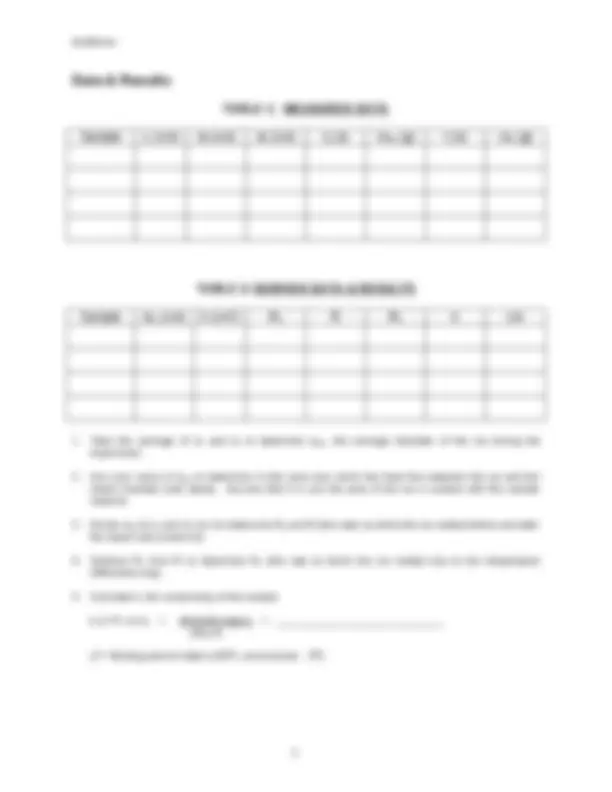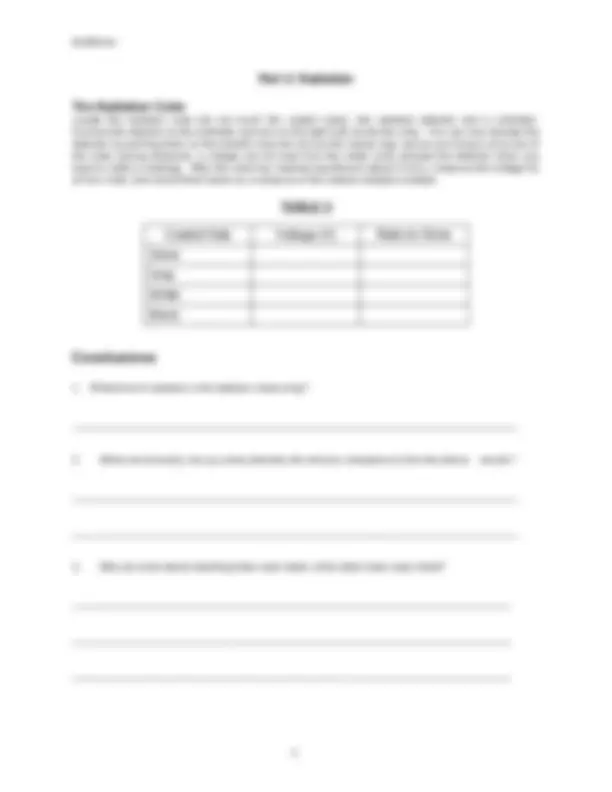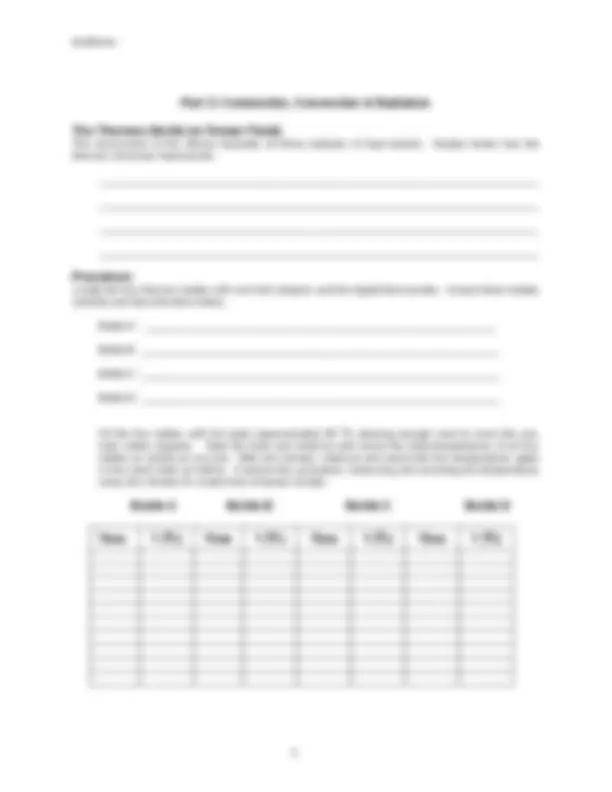





Study with the several resources on Docsity

Earn points by helping other students or get them with a premium plan


Prepare for your exams
Study with the several resources on Docsity

Earn points to download
Earn points by helping other students or get them with a premium plan
Community
Ask the community for help and clear up your study doubts
Discover the best universities in your country according to Docsity users
Free resources
Download our free guides on studying techniques, anxiety management strategies, and thesis advice from Docsity tutors
An experiment designed to help students gain experience with heat transfer through conduction and radiation. Students will measure the coefficient of thermal conductivity for different materials, determine their r factors, investigate the construction of a thermos bottle, and measure the relative degree of heat transfer by radiation for four different coated surfaces. The experiment involves melting ice using steam and measuring the resulting mass and temperature changes, as well as using a radiation cube to measure voltage and draw conclusions about radiation emission.
Typology: Lab Reports
1 / 6

This page cannot be seen from the preview
Don't miss anything!




Physics 2A
This experiment is designed to give you more experience with heat transfer through the mechanisms of conduction and radiation. Specifically, you will:
Experiment
Locate the radiation cube (do not touch the coated sides), the radiation detector and a voltmeter. Connect the detector to the voltmeter and turn on the light bulb inside the cube. You can now activate the detector by pushing down on the metallic strip (do not use the clamp ring), and as you bring it up to one of the sides (prong distance), a voltage can be read from the meter (only activate the detector when you want to make a reading). After the cube has reached equilibrium (about 5 min.), measure the voltage for all four sides and record them below as a measure of the relative radiation emitted.
The construction of this device illustrates all three methods of heat transfer. Explain below how the thermos minimizes heat transfer.
Locate the four thermos bottles with one-hole stoppers and the digital thermometer. Inspect these bottles carefully and describe them below. Bottle A: _______________________________________________________________ Bottle B: ________________________________________________________________ Bottle C: ________________________________________________________________ Bottle D: ________________________________________________________________ Fill the four bottles with hot water (approximately 85 C) allowing enough room to insert the one- hole rubber stoppers. Start the timer and measure and record the initial temperatures of all four bottles as quickly as you can. After two minutes, measure and record the four temperatures again in the same order as before. Continue this procedure, measuring and recording the temperatures every two minutes for a total time of twenty minutes.